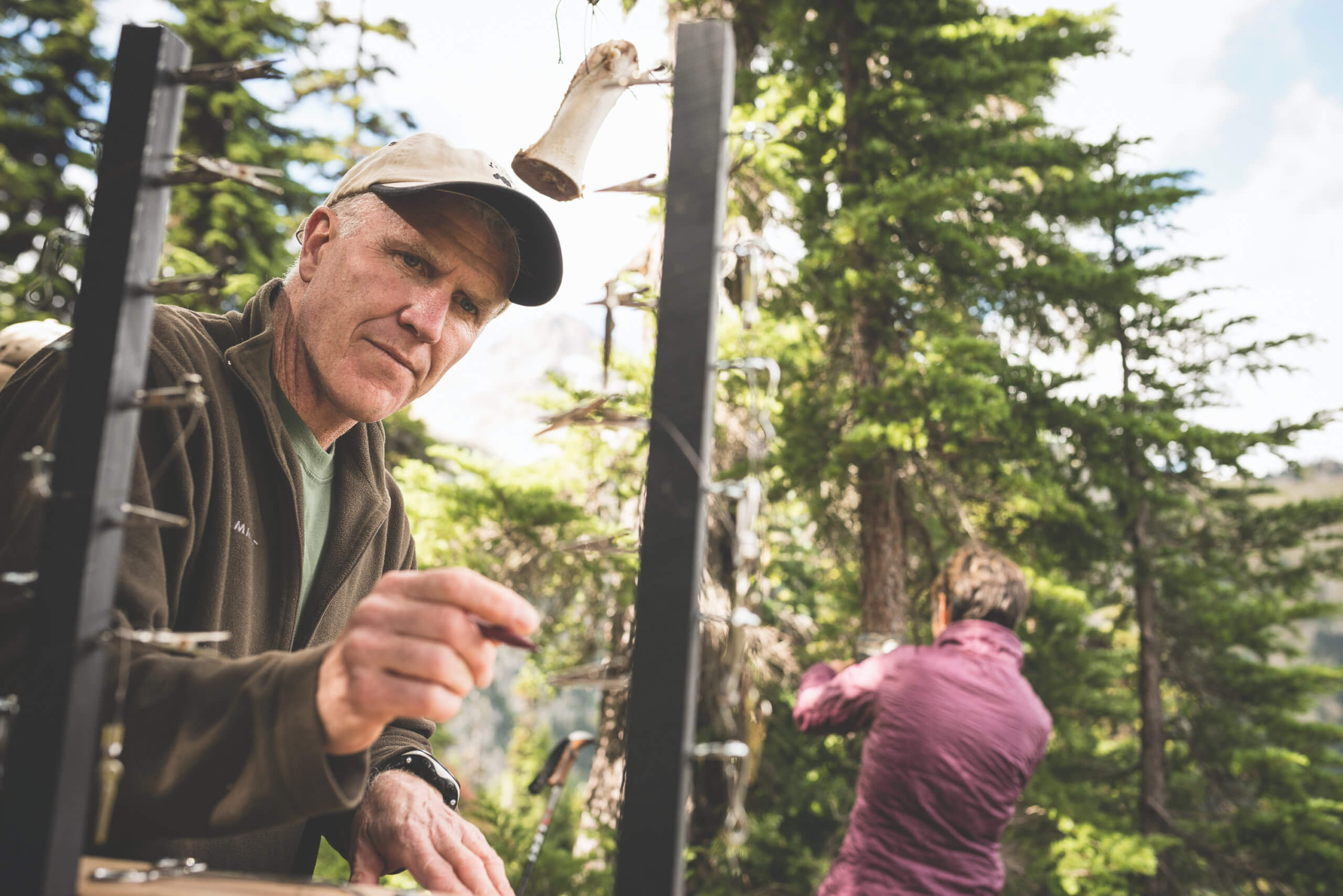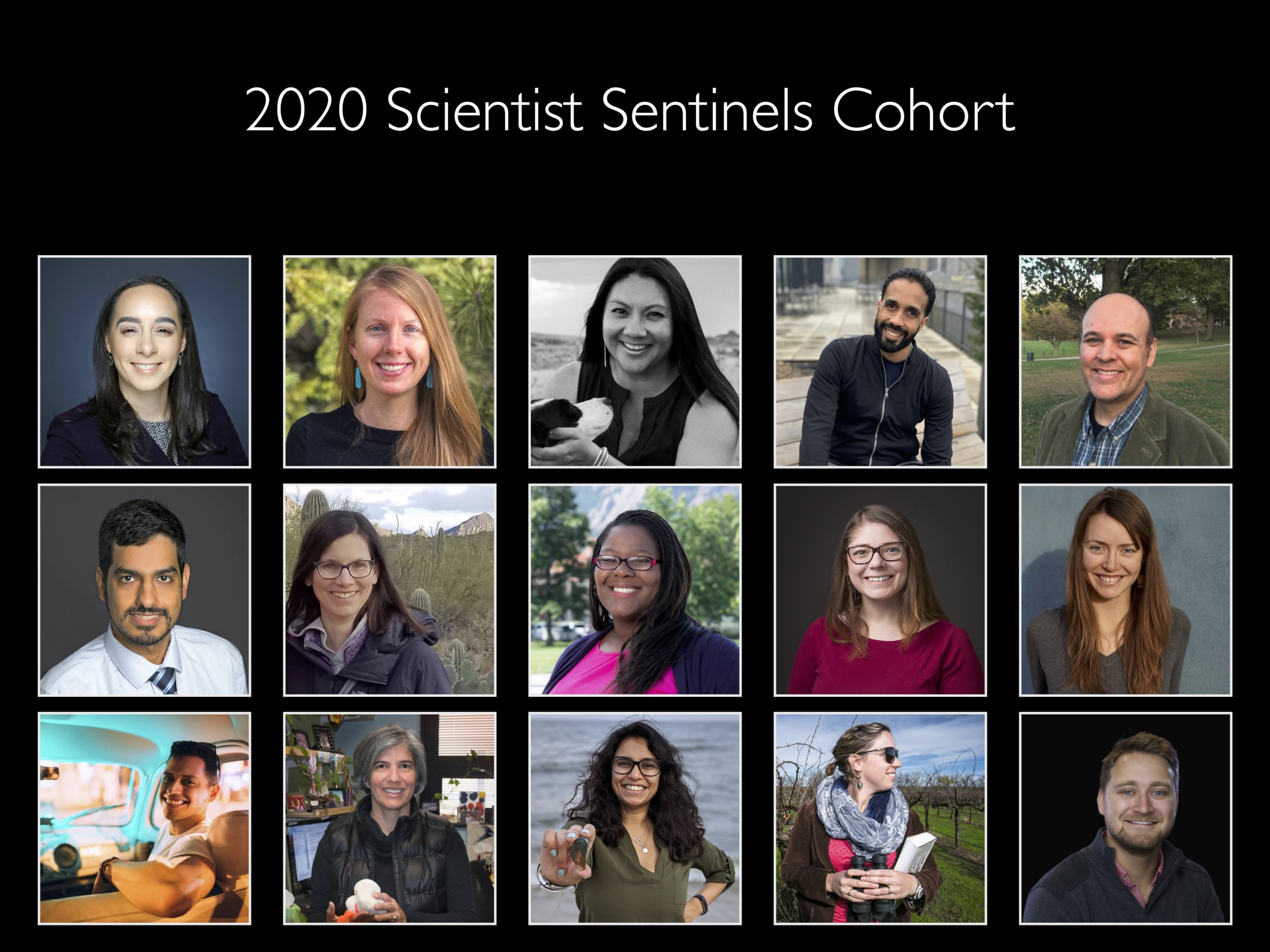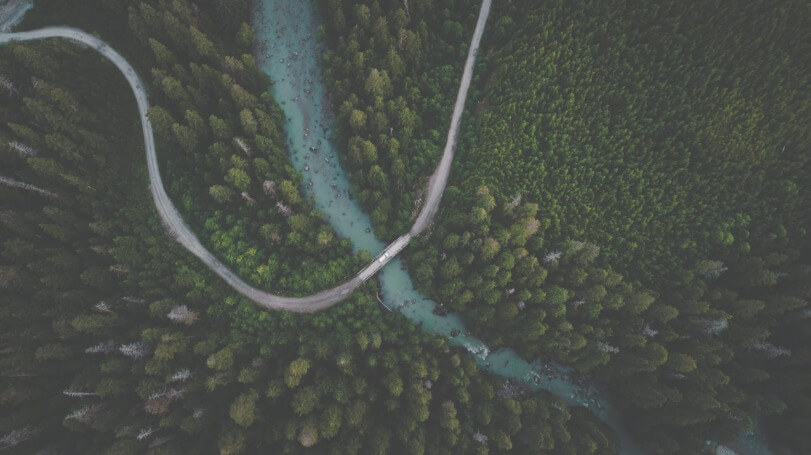The Vega Fellowship started in 2011, after Dr. Daniel Conley, Lund University professor of biogeochemistry in Sweden, decided to find a way to bring more science communication training to his part of the world. Daniel collaborated with Nancy Baron to build a network of researchers with the skills and knowledge to share their science to improve conditions in the Baltic Sea – a network that now extends to scientists across the Baltic region and beyond. “Vega” was the name of the Swedish ship for the first expedition to cross the Northeast Passage from Northern Europe to Alaska, and in a similar vein, the Vega Fellows seek to explore new territory and break new ground to bring science to environmental decisions and management in the Baltic Sea and beyond. Daniel sat down with me to share his thoughts about the fellowship:
What is your hope for this program and the people who participate in it?
The goal is that we’re developing champions for environmental science and making the earth a better place, and that they become better communicators in every facet of their work, from teaching to talking to their mothers or their family. For the program, it’s to make it sustainable, and eventually include policy sections, where some cohorts could come back and participate in policy training.
What have you seen happen because of the Fellowship?
I’ve seen great things. Christoph Humborg and Tina Elfwing (2011 cohort) had never worked together, and on the train ride home, they came up with the idea of building this organization called the Baltic Eye, of helping scientists to work with journalists to communicate issues important to cleaning up the Baltic Sea. They realized their idea, and it’s now housed at Stockholm University. To see people like Catherine Legrand (2013 cohort) win an award for her science communication activities. To see people going to the parliament and providing advice to lawmakers, to see people writing comments to Nature and Science, all stimulated by the things that they learned here. There’s really a big interest in science communication.
What advice do you have for others?
I think doing one training is a major job, but it’s doable for most people, and as Nancy said, creating a cohort of people that have learned these skills is a great advancement. Some of them might get hooked, and decide to continue seeking funding to continue. Our model of putting together different groups that help to fund the training, and picking people from their organizations to participate, has worked really well, both financially and in bringing in a diversity of people to the training, which I think is a really big strength.
What surprised you?
The incredible transformation that people make, and the number of people that fully embrace the concept and then themselves become leaders in communicating science.
Final thoughts?
This training succeeds for a whole variety of different reasons, and it’s not only the content, but the quality of the trainers. These people are so engaged in trying to help people, and especially help scientists to get their message across in a way that people can understand it – they’re so deeply committed to doing this, and they’re such fantastic trainers, it’s one of the reasons we have such a high rate of success.


